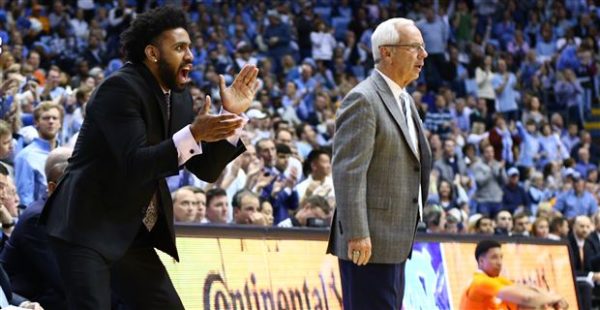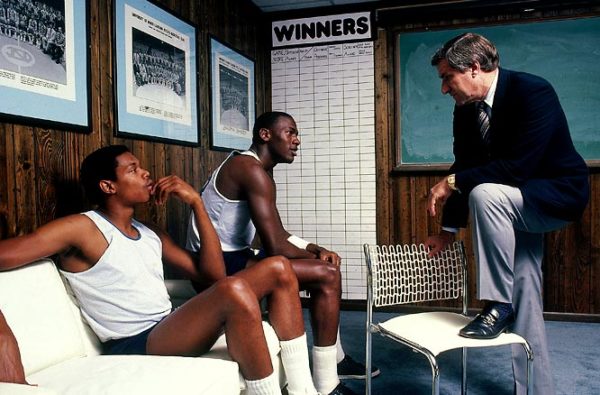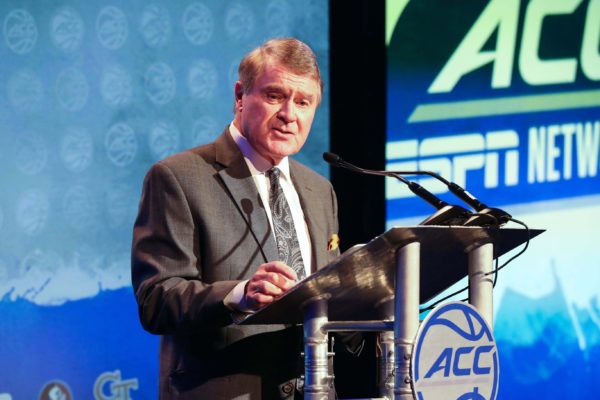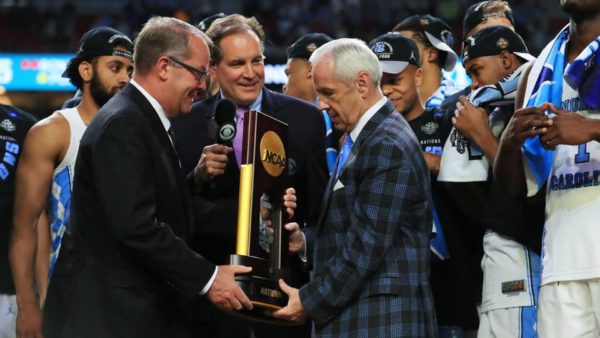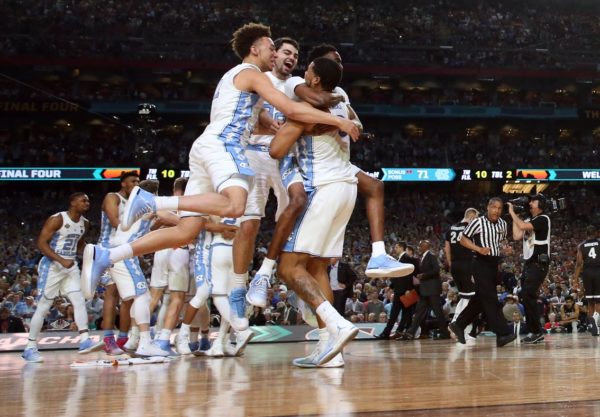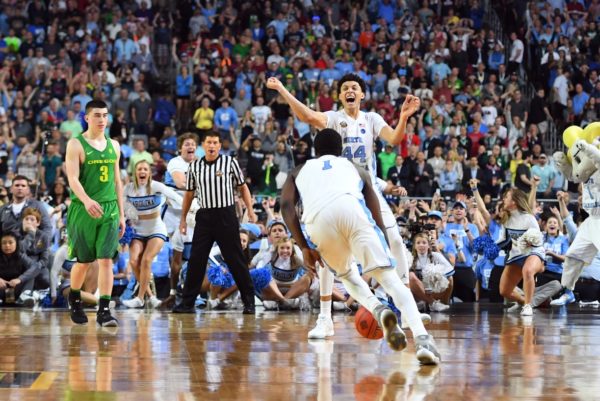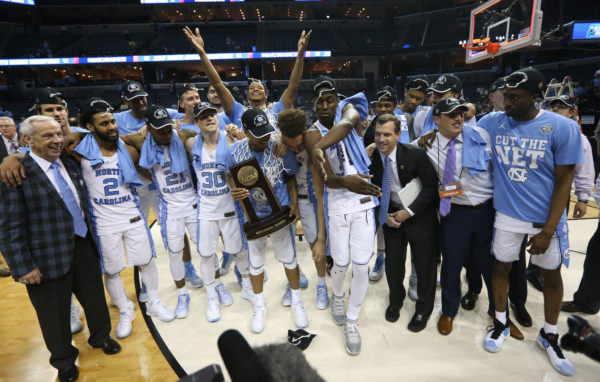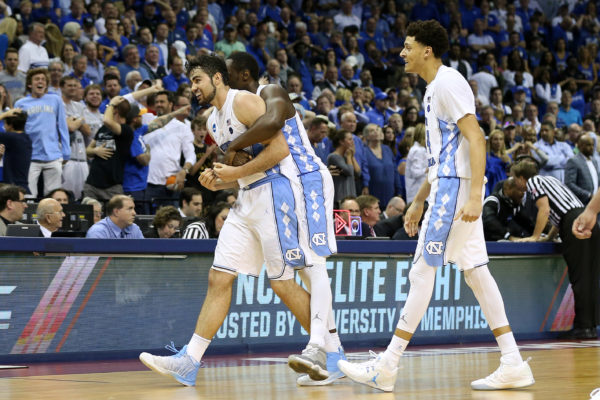Three Takeaways from Weekend #1 in the ACC
Posted by Brad Jenkins (@bradjenk) on November 13th, 2017The ACC fared well on the opening weekend of college basketball, with only one school suffering a surprising loss as Wake Forest fell to Georgia Southern in Winston-Salem on Friday night. As is usually the case, most of the other league teams opened the season by beating inferior opponents. Here are three takeaways from the league’s first weekend of action.
1) North Carolina: No Joel Berry. No Problem.
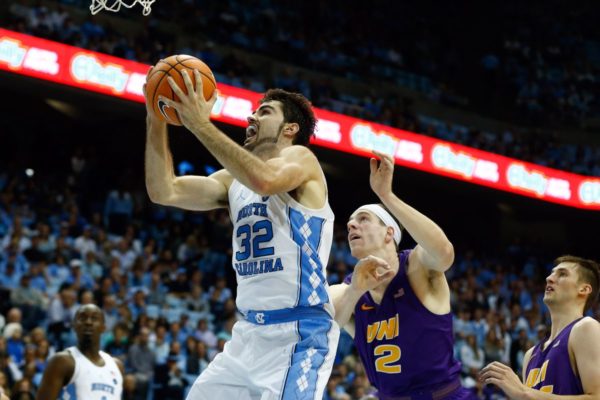
Luke Maye was the star in North Carolina’s convincing season opening win over Northern Iowa.
(Jeremy Brevard/USA TODAY Sports)
Despite not having All-America point guard Joel Berry II (broken hand) and another starter — transfer Cameron Johnson (sprained neck) — in the lineup, North Carolina didn’t miss a beat in its 86-69 win over Northern Iowa on Friday night at the Smith Center. Freshman Jalek Felton and Seventh Woods combined for 14 points and three assists while splitting time running the team, but the Tar Heels’ primary playmaking came from the wing as Theo Pinson and Kenny Williams each logged five assists. As long as Berry is out — and maybe even when he returns — Pinson will often initiate the offense.
The most encouraging thing from the Tar Heels’ opener was the surprising performance of their untested frontline. Junior Luke Maye showed that he’s ready for a breakout season after posting 26 points and 10 rebounds on 11-of-16 shooting. Maybe even more important than Maye’s unforeseen outburst was the play of two relatively unheralded freshman big men, Garrison Brooks and Sterling Manley. The post duo combined for 23 points and 14 rebounds in 32 minutes of action. If Roy Williams can get that kind of production from his frontcourt, he can afford to maintain his preferred style of inside-out play this season.





























